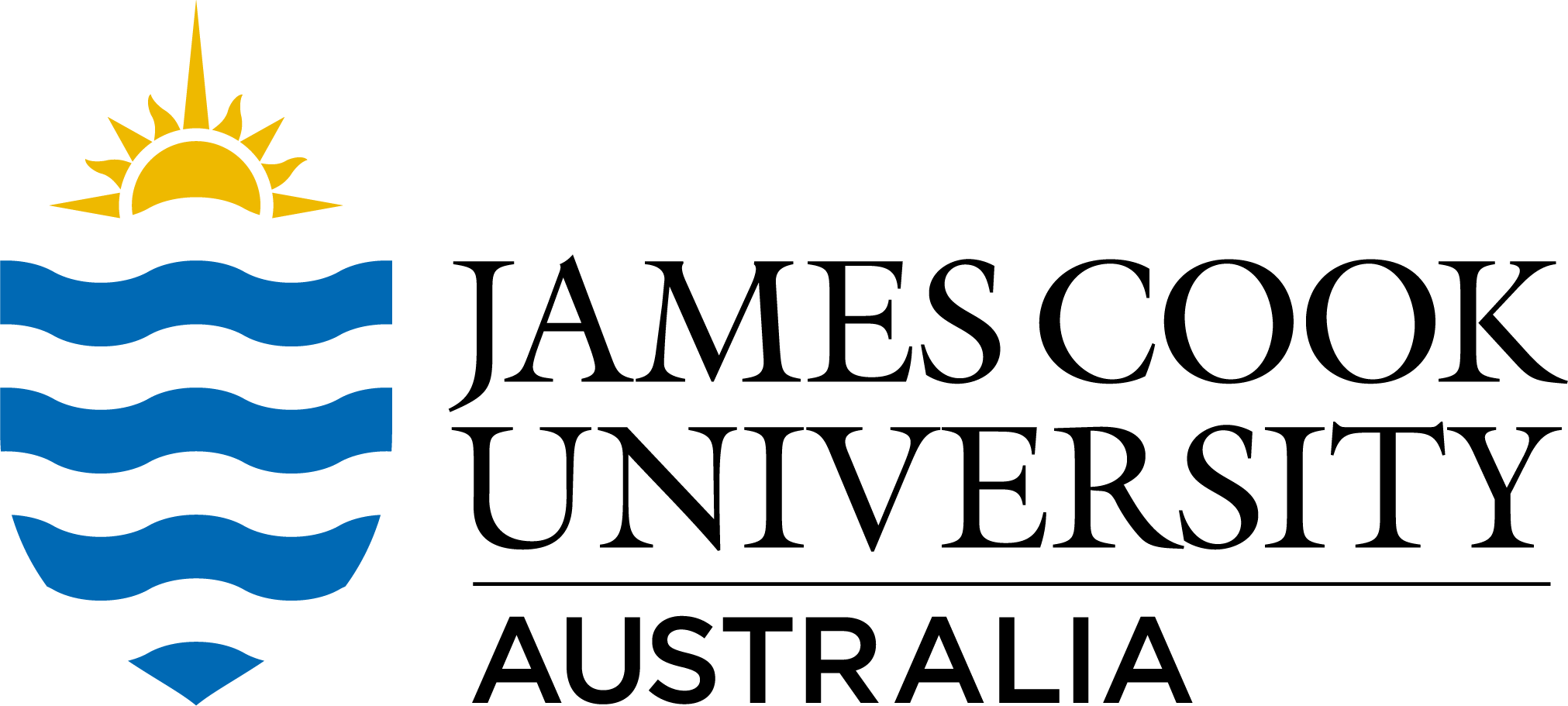Full description
Background: The combination of anthropogenic disturbances including ocean acidification (OA) and eutrophication can undermine the competitive ability of reef-building corals, leading to community shifts towards fast-growing organisms like soft corals. The separate and combined effects of these stressors on the competitive outcome between hard and soft corals remain poorly understood yet are key to anticipating the emerging benthic configuration of coral reefs under global environmental change.
Methods: A 28-day laboratory experiment was conducted to assess the effects of OA (450 and 950 μatm pCO2) and nitrate enrichment (0, 4, and 8 μmolL-1; considered here as abiotic treatments) on the reef-building coral Stylophora pistillata and soft coral Xenia spp. and the outcome of their physical competition for space (considered here competition treatment). Physical competition was simulated between these organisms and quantified the effects of treatments on four physiological parameters that serve as proxies for coral condition and outcome of competition, namely the photosynthetic efficiency of S. pistillata, and growth rate, Symbiodiniaceae density, and chlorophyll-a concentration of both S. pistillata and Xenia spp.
This data record contains:One Excel (.xlsx) file containing data used to run analyzes for the:
- physiological responses of the hard coral S. pistillata: photosynthetic efficiency measurements, growth (calcification rate), density of simbionts, concentration of chlorophyll-a; and
- responses of the soft coral Xenia spp: growth (cover area), density of simbionts, concentration of chlorophyll-a.
Details on responses, treatments, and data collection are reported in the READ ME tab.
Software/equipment used to create/collect the data: Subaquatic camera Nikon Coolpix, Underwater fluorometer Diving PAM II Walz, analytical balance (Sartorius ME235S, Germany), Spectrophotometer (Spark Tecan plate reader, Switzerland and UV-1800 Shimadzu, Japan)
Software/equipment used to manipulate/analyse the data: Quantitative data analysed using statistical software R version 4.1.0 (operated in Mac OS X and Windows). Images analyzed using ImageJ 13.0.6 for Mac OS X.
Created: 2025-04-24
Data time period: 11 2022 to 31 01 2023
Spatial Coverage And Location
text: Leibniz Centre for Tropical Marine Research, Bremen, Germany
User Contributed Tags
Login to tag this record with meaningful keywords to make it easier to discover
- DOI : 10.25903/YJHM-DB37

- Local : researchdata.jcu.edu.au//published/58796ca0205f11f0a36b05a31f2c265d


